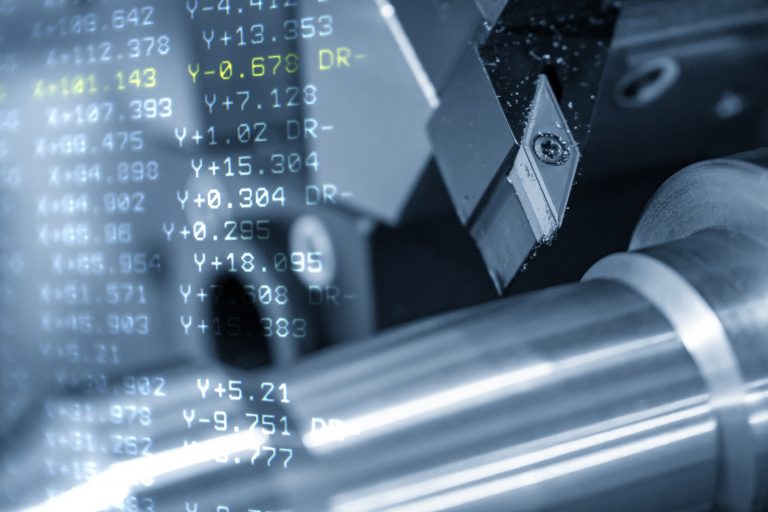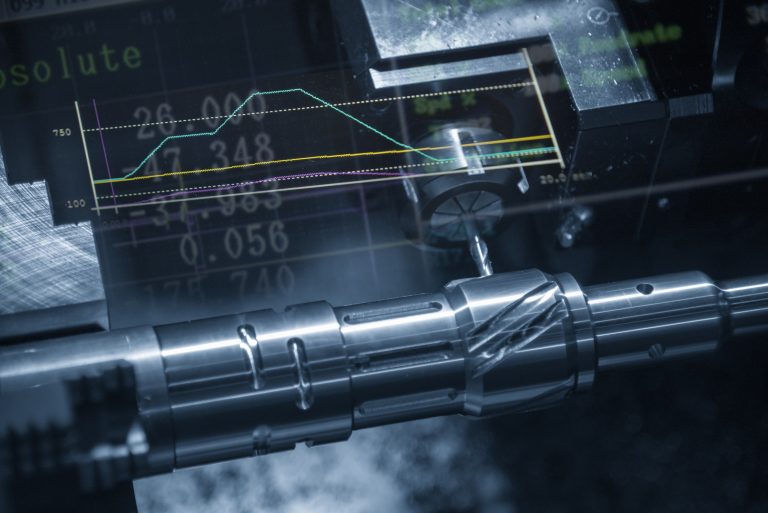After Industry 4.0? The closed-loop supply chain
Last updated on March 27th, 2024
I’ve spent a lot of time in factories. Before I even finished my mechanical engineering degree, I was working in the factory for our family business, which was designing and manufacturing carnival rides. I learned how to assemble, paint, wire, and weld; I was even doing hydraulic systems. After I finished school, I came back and started actually doing the structural and dynamics design work. That led to a job at a research company where I designed automotive safety equipment—the yellow barrels on the freeway and collapsible barriers.
Then I joined Intel, where I started to do a lot of high-speed equipment design, managing portions of manufacturing lines, including the suppliers’ systems. I learned about build plans and scheduling, direct and indirect consumables, supplier compliance initiatives, training and other aspects of running a factory. That led to a switch from engineering to sales and marketing for one of Intel’s suppliers, where I spent the next 10 or 15 years selling automation equipment and custom-engineered products back into factories, along with manufacturing execution systems and software.
Eventually, I wound up at Microsoft, where I started off in their manufacturing OT and production systems; eventually running a team helping them transform the way that we build the Surface and the Xbox. The goal in that case was to make a single visualization layer across all elements of managing a factory, so that they didn’t have to go to a dozen different systems to get a report. Eventually, I rejoined the customer journey, helping companies move to the future of manufacturing.
The Biggest Challenge in Manufacturing
Having worked with factory managers for forever, the biggest challenge they all face is that they don’t have all the relevant data available when they need to make an important decision. The trouble is there are multiple business systems such as an ERP managing sales orders, MES managing workflow through the factory, a warehouse management system managing inventory, a quality management system, an asset management system, a condition-based monitoring system; the list goes on. These systems are integrated together, but lack a common data model to easily extract, homogenize and execute cross-platform data analysis.
Not to mention the thousand machines on the factory floor that all speak different protocols.
This challenge of getting the relevant information to make a business decision has been around forever. Over the years, companies have tried to address it by introducing middleware, which brings together four or five business systems and a bunch of machinery, but they’ve never solved the end-to-end problem.
It wasn’t until the last couple of years that we started to see the recognition that cloud storage and cloud technologies can bring all this data together. We now have a common data model that’s sprung up, with consortiums driving it and standardizations that are making it easier to connect discrete assets and extract data from them than ever before.

The Closed-Loop Supply Chain
Here’s my take on Industry 4.0: it’s a stepping stone.
Yes, it means greater connectivity in manufacturing to a single platform of intelligence, but it’s not the end of the journey. What I’m really interested in comes after Industry 4.0: the closed-loop supply chain. That means having all your production, business, and supply chain data joined together with AI making decisions around logistics, optimization, and quality. (For what it’s worth, I think Acerta could quite easily expand into supply chain management via machine learning.)
The reality is that artificial intelligence is already helping companies accelerate past their competition, making a real impact on their P&Ls. If you’re worried about being left behind, the good news is that you’ve already taken the first step, which is recognizing that you need to change. And the faster you begin to the change, the closer to the pack you’ll stay, so it’s not hard to catch up.
The companies who are really in trouble are the ones that believe they have such great manufacturing and supply chain processes in place that they don’t need to do anything. Those are the ones that are going to lose, because there are inefficiencies in every factory around the world, and inefficiencies are defined by the ability to measure something to be able to change it. In other words, you need to recognize that you have inefficiencies because you have assets that are generating data but aren’t connected. And you can’t get insights from things that aren’t connected together.
So, if you’re worried about falling behind in Industry 4.0, don’t be. You can become a fast follower based on what many others have already done and leave behind those that believe they can survive with what they already have.
Getting Started with Industry 4.0

These days, everybody has manufacturing data, but they don’t all have it connected, which is a problem.
So, the first thing you need to get started with Industry 4.0 is to begin the journey of connecting all your assets in a single platform of intelligence. Recognize that SAP, Schneider Electric, and Avantis, aren’t going to solve the problem, because these business systems never solve the end-to-end issue.
You need a cloud platform to do that. And I know it’s tempting to go on-premises, but you need to remember that it’s not economically scalable. Once you have your cloud platform, start pushing data to it in a common model format: extract your ERP, process data and whatever else with the common data model. This should not be treated as a side project; you need a real team of five or six dedicated people to begin this work, whether that’s employees or contractors.
But the most important thing to understand is that this is the beginning of a change in the way you manage your company. This isn’t standing up a bunch of IoT, collecting more data and declaring victory over 4.0. This is a change in the way we manage our entire manufacturing and supply chain operations.
The jobs we have today will be different tomorrow, and we’re all going to have to retrain and retool to take advantage of that.
Share on social: